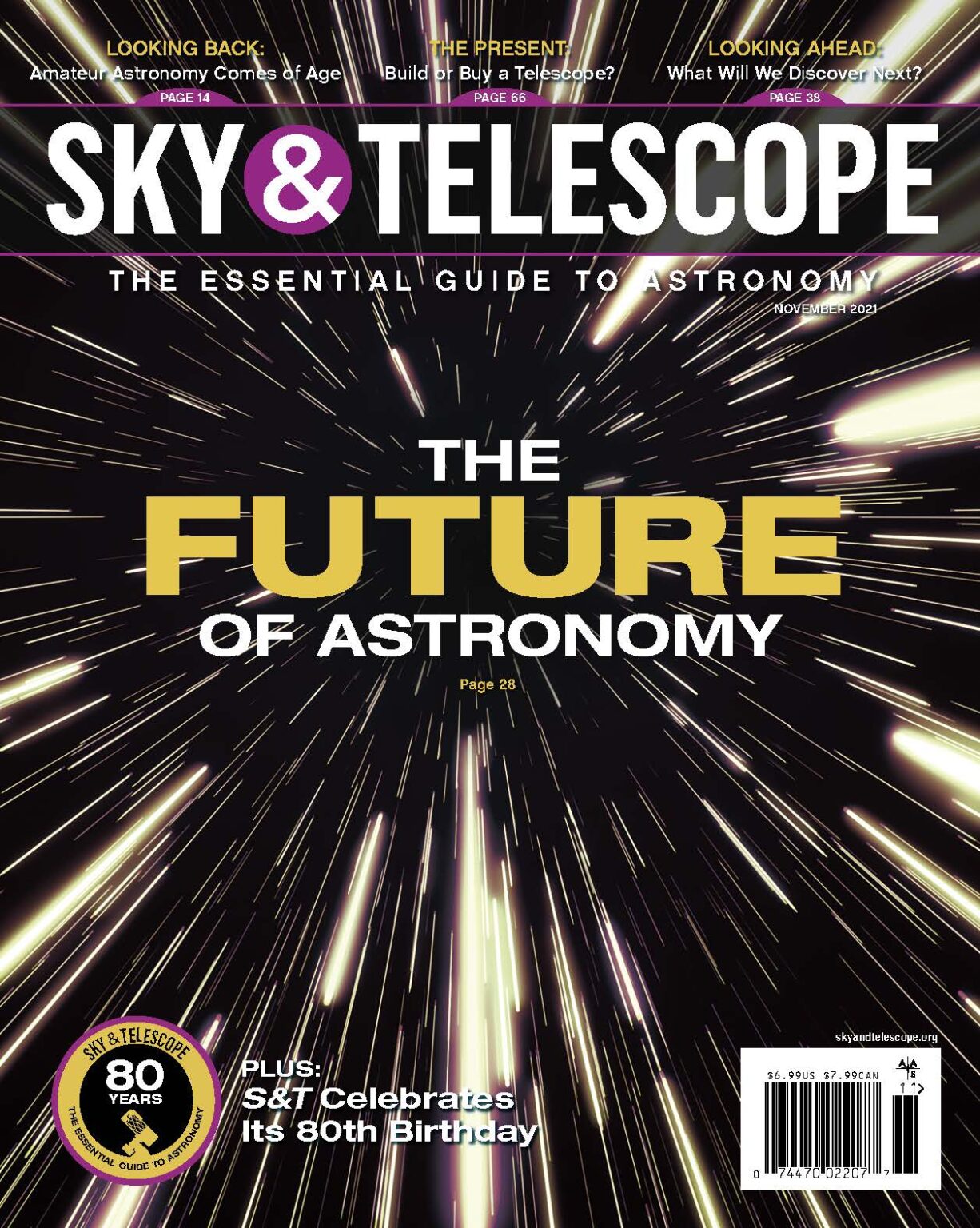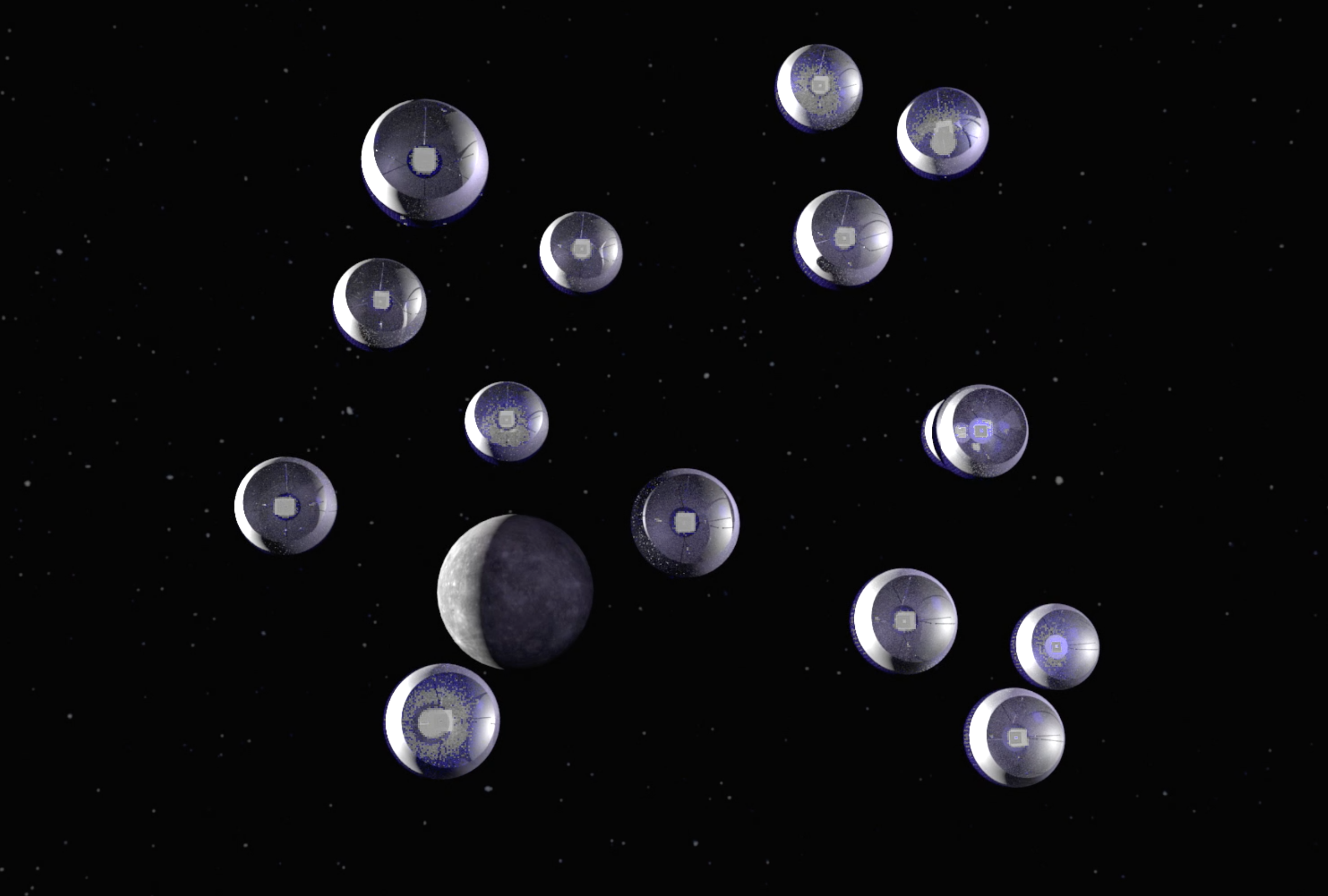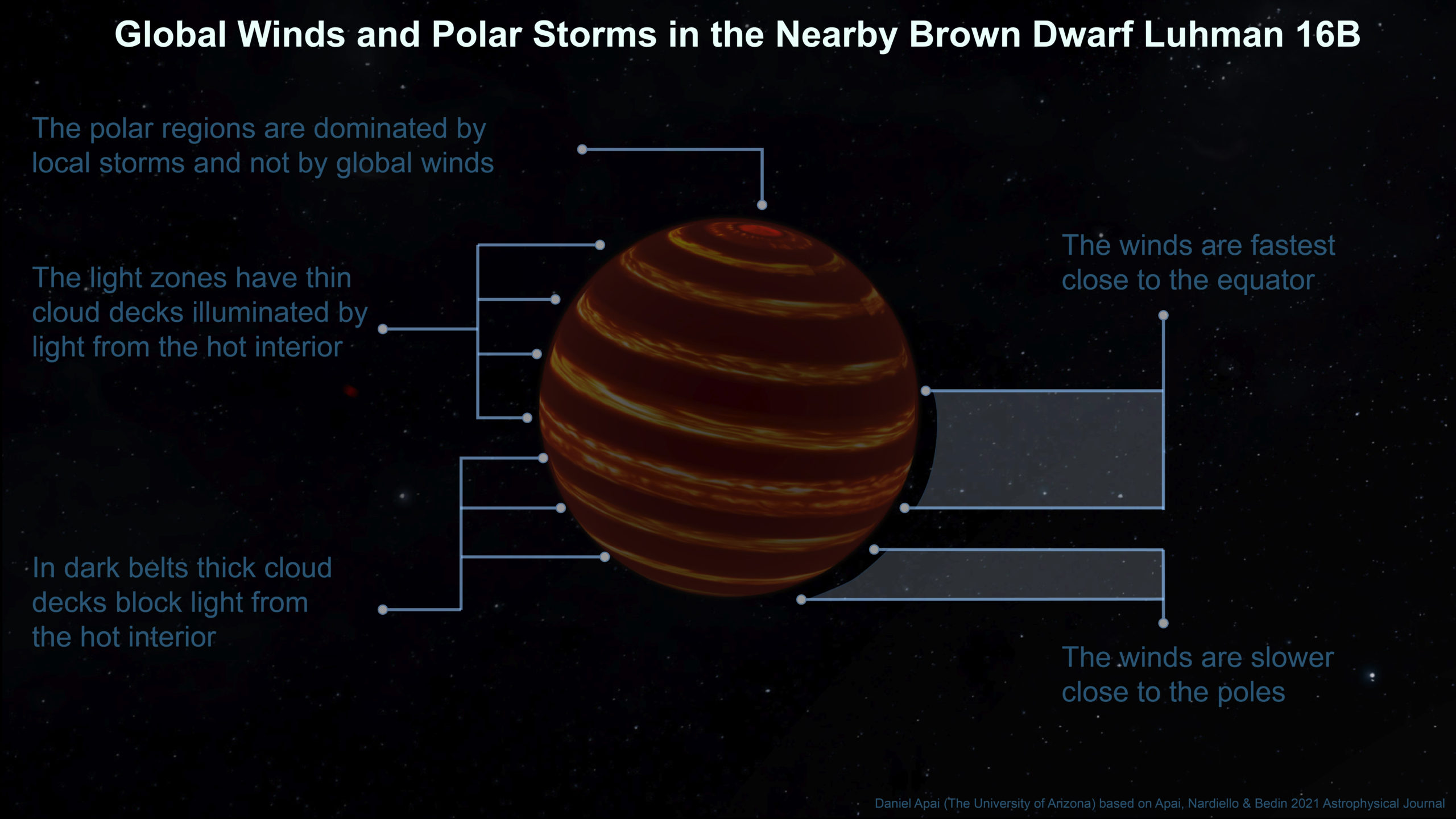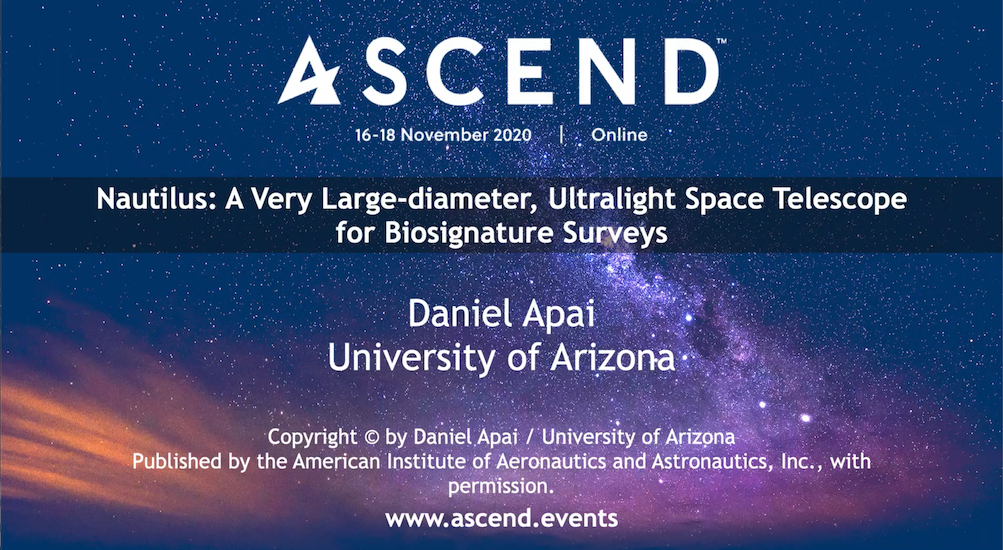We were excited to see that the 80th anniversary special issue of Sky & Telescope on the “Future of Astronomy” prominently features our Nautilus Space Observatory concept in a 2-page in-depth report!

Daniel Apai's Blog on Exoplanet Exploration and Astrobiology

We were excited to see that the 80th anniversary special issue of Sky & Telescope on the “Future of Astronomy” prominently features our Nautilus Space Observatory concept in a 2-page in-depth report!

The next generations of space telescopes will bring about orders-of-magnitude increases in our observing capabilities. Many of these aim to search for atmospheric signatures of life, that would most likely emerge from the largest biomass on the planets – most likely microbial life. However, excitingly, the powerful telescopes of the future could also help us look…
It has been a busy two weeks with lots of results and exciting news. Just at the beginning of 2021, our team learned that our SmallSat mission proposal, Pandora, was selected by NASA! Pandora is a very exciting, fact-paced mission that will explore the atmospheres of transiting exoplanets and the activity of their host stars…

Our exciting new results on TESS observations of the atmospheric dynamics of the closest brown dwarfs are out! Here is a link to the Astrophysical Journal paper that describes the findings. Thanks to Mimmo Nardiello’s mastery of the TESS data, we could present an amazing rich lightcurve on the closest brown dwarf system to the…

The American Institute for Aeronautics and Astronautics‘ ASCEND2020 event was an exciting amalgam of governmental groups, entrepreneurs, academia, aerospace corporations, and everyone interested in Space 2.0 and the new economic opportunities it may bring along. With over 3,000 attendees from 32 countries and 1,300 organizations, it has been a fascinating event to attend. I was…

A few days ago we got a very exciting news: Our Alien Earths team was selected by NASA for a major award within its ICAR (Interdisciplinary Consortium for Astrobiology Research) program! The $6M funding awarded to our Alien Earths team will enable a very exciting and cutting-edge portfolio of research projects for the next five…
The following is our article, as published in The Conversation, written by Daniel Apai and Jeremy Dietrich. Only 12 light years from Earth, Tau Ceti is the closest single star similar to the Sun and an all-time favorite in sci-fi stories. Habitable worlds orbiting Tau Ceti were destinations of fictional starships like “The Expanse”‘s Nauvoo and “Barbarella”’s…
Building on our exciting new results on the tau Ceti system – led by Jeremy Dietrich – I created a simple visual journey through the system. Look out for a story next week on The Conversation about our work on exploring nearby planetary systems!

Excited to announce our new paper on the information contained in the age-dependence of biosignatures in samples of broadly earth-like planets. Our paper – that appeared on arXiv a few hours ago and is in press at the Astrophysical Journal – explores two important questions: 1) If we detect possible biosignatures in an exoplanet survey,…
Read our article for The Conversation on TESS’s exoplanet bounty and the importance of finding planets in the Solar neighborhood!